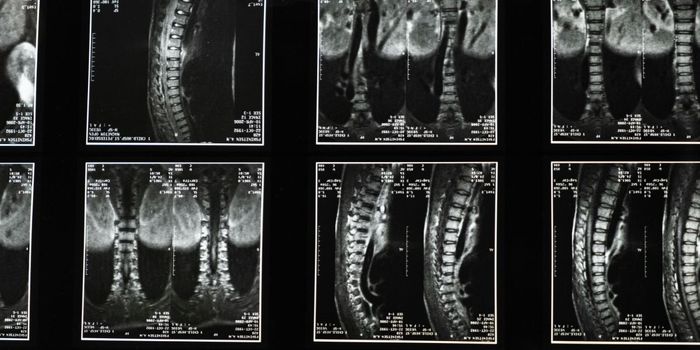New Guidelines Explain When and How to Introduce Peanuts to Infants
A monumental set of updated guidelines from the National Institute of Allergy and Infectious Diseases (NIAID) were published yesterday, and now parents have a better source of information for when they decide how to approach peanut allergies with their newborn.
The guidelines present characteristics that define high, moderate, and low-risk infants for developing a peanut allergy later in life. For each risk level, certain recommendations are given for how and when parents should introduce peanut products into their infant’s life.
"Peanut allergy has literally become an epidemic in recent years, and now we have a clear roadmap to prevent many new cases moving forward,” said Stephen Tilles, MD, president of the ACAAI.
Tilles said that the Learning Early About Peanut allergy (LEAP) study, the predecessor of the NIAID updated guidelines, alone made a huge impact on the everyday care of patients with peanut allergies. “In fact,” he said, “during my career as an allergist I cannot think of a single publication with more of an impact."
Breaking down the NIAID guidelines:
1. High Risk
A infant at a high risk of developing a peanut allergy is one with severe eczema and/or egg allergy. Eczema is a non-contagious skin disorder associated with hay fever and asthma. For high risk babies, the NIAID recommendation is to introduce peanut products as early as four to six months, but after the infant has already started eating solid foods.
"If your child is determined to be high risk, the new guidelines recommend evaluation by an allergy specialist, which may involve peanut allergy testing, followed by trying peanut for the first time in the specialist's office," said Matthew Greenhawt, MD, MBA, MSc, co-author of the new guidelines.
However, even a positive result from a peanut allergy test might not mean the child is allergic. “Peanut allergy is only diagnosed if there is both a positive test and a history of developing symptoms after eating peanut-containing foods,” Greenhawt explained.
Infants from the LEAP study that test results declared were sensitized to peanuts showed the most benefit from being introduced to peanuts early, Greenhawt said.
2. Moderate Risk
An infant at moderate risk for developing a peanut allergy has mild to moderate eczema. The NIAID does not recommend an evaluation for these infants. Rather, they suggest that parents introduce peanut products at home around six months of age.
3. Low Risk
Low risk infants have no signs of eczema or egg allergy, and the guidelines recommend the introduction of peanut products “according to the family’s presence” around six months of age.
In addition to breaking down levels of risk associated with developing peanut allergies, the new guidelines make a few other recommendations concerning the introduction of peanut products. They remind parents not to give whole peanuts to infants, which would present a choking hazard. Peanut products should not be the first solid food an infant is given, and a child should only be introduced to peanut products when he/she is healthy.
"The guidelines are an important step toward changing how people view food allergy prevention, particularly for peanut allergy," says Dr. Tilles. "They offer a way for parents to introduce peanut-containing foods to reduce the risk of developing peanut allergy."
The ACAAI published the updated guidelines on January 5, 2017 in their publication Annals of Allergy, Asthma and Immunology.
Sources: MedlinePlus.gov, American College of Allergy, Asthma, and Immunology









